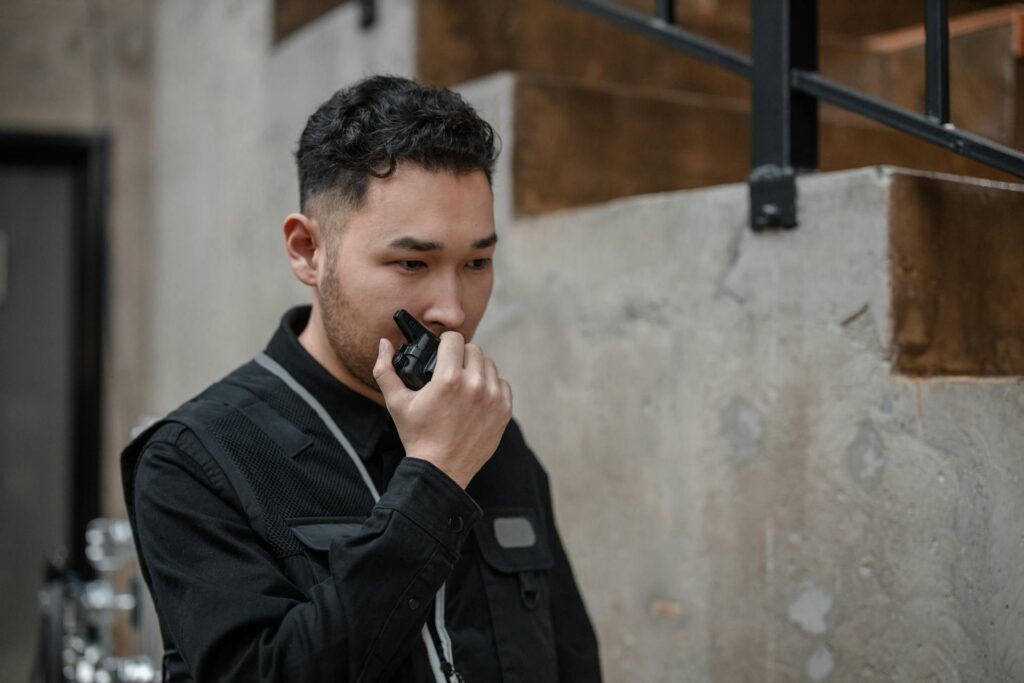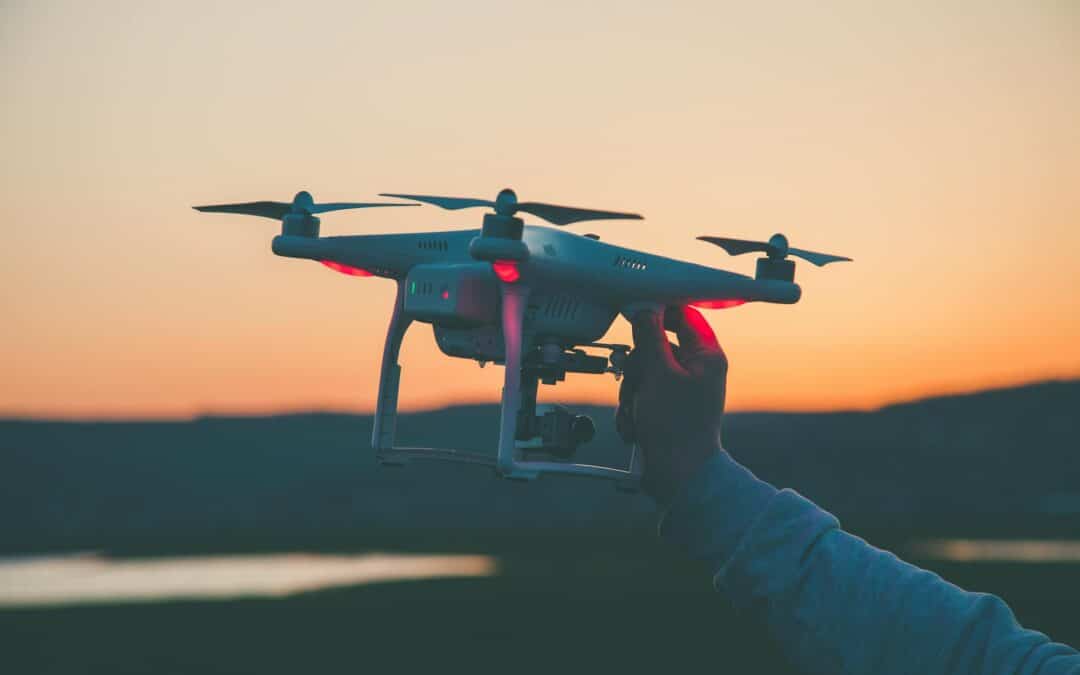Choosing the right security approach isn’t always about what’s most advanced or most familiar, but about what works best for your operation. Cannabis businesses managing large outdoor grows, retail dispensaries, or processing sites often face the dilemma of allocating limited security resources: do you invest in tried-and-true methods like manned security or embrace the future and go all-in on high-tech options like drone security?
Each model has its advantages and disadvantages. To make the most informed decision, it’s essential to understand how drones and human patrols perform in real-world conditions, where they fall short, and how they can be combined for optimal results.
Drone Surveillance: Expansive, Efficient, and Documented
Drone systems offer rapid coverage over large or inaccessible spaces, making them ideal for monitoring outdoor cultivation zones, warehouse rooftops, perimeter fencing, and remote facilities. Powerful optics tools like thermal imaging and AI-powered detection tools help identify suspicious behavior or environmental changes in real time, far faster than a human guard could patrol on foot.
Legal cannabis operators can leverage drones to record detailed footage for insurance claims, incident investigations, and regulatory documentation. Drone-powered security monitoring essentially creates a digital audit trail that reinforces the legitimacy and professionalism of the operator’s security program. This is especially valuable in heavily regulated industries like cannabis, where detailed records can support security audits or protect the operator in the event of a claim or regulatory review.
The Limits Of Technology
While drone security offers clear advantages, it also comes with limitations. Most drones operate within a flight window of 20 to 30 minutes per battery charge. Cold weather, high winds, or rain can further reduce performance or force operations to shut down entirely. Setting up automated recharging stations or deploying multiple drones can address these issues, but that also adds cost and complexity.
Regulatory requirements also limit how and where drones can operate. Under FAA Part 107 regulations, drone operators must be certified, flights must remain within visual line of sight, and operations are restricted near airports or over groups of people. Proposed changes to federal regulations may soon require additional screening or security programs for certain drone operations, adding further complexity to an already burdensome compliance landscape.
Most importantly, drones can’t physically intervene in incidents. They may deter crime through surveillance and visibility, but they can’t prevent a break-in, de-escalate a confrontation, or provide on-site assistance during emergencies.
Every drone surveillance system requires a responsive ground component, whether that be from internal staff or contracted law enforcement, to act on alerts. Without this human response layer, the utility of drones is limited to documentation and deterrence.

What Manned Security Brings To The Table
Traditional guards bring human judgment and physical presence to a security plan. Security personnel can respond to nuances that cameras and sensors may miss, like unusual or suspicious behavior or non-violent disputes between patrons. If opportunistic criminals do scope out your business, the presence of manned security on premises alone acts as a visible deterrent
They also provide services beyond simple threat detection. They can escort employees during cash handling procedures, check doors and access points for tampering, and assist in emergency evacuations or medical events. Their ability to physically intervene during emergencies makes them indispensable in situations where real-time action is needed.
From a compliance standpoint, guards fulfill specific regulatory requirements in many jurisdictions, especially those that mandate a minimum number of on-site personnel during operational hours. While not as technologically sophisticated as drone systems, human patrols offer a flexible, real-time layer of security that’s hard to replicate with automation alone.
Human Limitations In Security
While having a guard present may make things feel safer, they come with plenty of baggage. Fatigue, distraction, and judgment errors are unavoidable during long shifts or overnight hours, and variable training quality can lead to poor judgment and responses during crises or even simple interactions with customers or passers-by.
These limitations not only reduce the effectiveness of manned security but can also create new risks. Unnecessary escalation during encounters or the improper use of force may expose the operator to potential legal liability.
Outside of increasing risk, physical limitations also reduce manned security efficacy. Security guards can only be in one place at a time, which leaves plenty of room for criminal activity during patrol gaps. Even scheduled rounds can’t account for every corner, especially in outdoor grow sites or facilities with blind spots that fixed cameras can’t monitor.
Then there is the matter of cost. Employing a trained security team involves significant ongoing expenses, including wages, insurance, background checks, uniforms, and training. These costs only ever seem to rise year over year, especially in high-demand security markets like California. For cannabis operators already navigating thin margins and heavy regulatory burdens, relying solely on manned patrols can become an unsustainable expense.
The Hybrid Path: Synthesizing Drone And Manned Security Into Your Plan
Rather than choosing one route or the other, many LCOs find that a hybrid approach offers the strongest return on investment. Drones provide real-time video intelligence across a wide area, while guards focus on situations that require intervention, evaluation, or human communication.
When implemented correctly, hybrid security creates a feedback loop: drones detect anomalies and provide situational context before a physical, human response is deployed. This model enhances both efficiency and effectiveness, allowing limited staff to cover more ground with better insight.
Cannabis Compliant Security Solutions (CCSS) works with cannabis operators to develop integrated security systems that maximize both human and technological capabilities. Their experts understand the compliance, liability, and cost pressures that operators face, and they build tailored and comprehensive security plans to meet those needs.
Choosing between drone surveillance and traditional guard patrols doesn’t have to be a binary decision. With expenses mounting daily, hybrid security models integrated by experienced partners like Cannabis Compliant Security Solutions offer optimized use of your resources. Call today!


Recent Comments